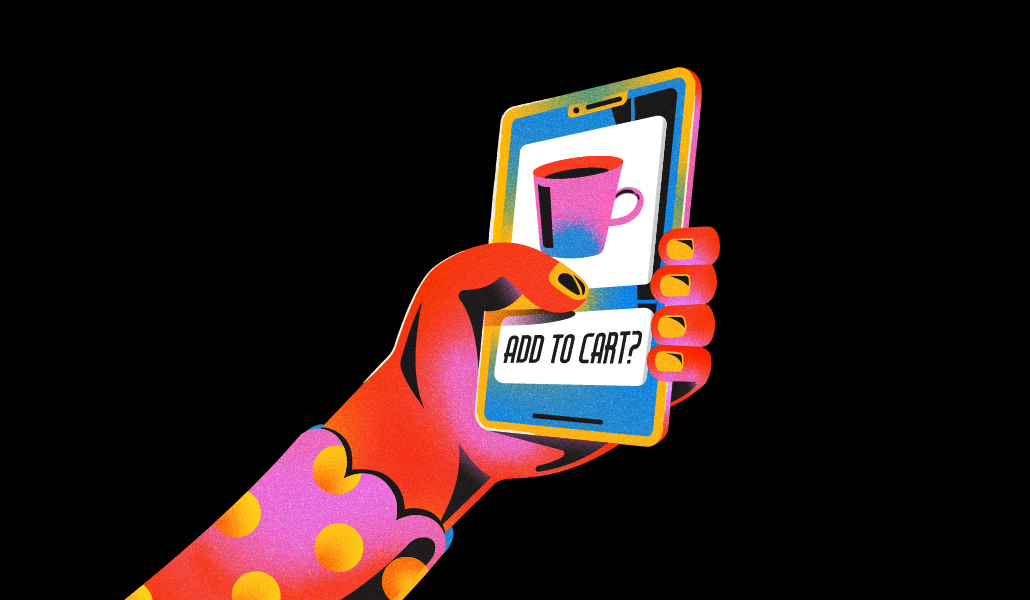Member Dossier: How to master the art of the post-purchase upsell

This story is one section of Modern Retail’s Member Dossier. In this series, we drill down on one pertinent topic in the retail industry. More from the series →
This story is one section of Modern Retail’s Member Dossier. In this series, we drill down on one pertinent topic in the retail industry. In this first Dossier series, we talk about all things checkout.
In the summer of 2022, four-year-old DTC apparel brand True Classic was experiencing steady sales from its trademark tees and jeans. A first-ever activewear line was gaining steam. But smaller categories like socks and underwear weren’t getting as much attention.
So, True Classic decided to experiment with a tactic that’s been embraced by many e-commerce startups: the post-purchase upsell. Initial offers included asking customers if they wanted to add discounted pairs of socks, underwear or a another complementary category item to their order.
In response, average order values increased by about $35, and overall revenue rose by at least half a million dollars.
“It makes it a larger order and offers something enticing to the customer with a really good offer,” said Ben Yahalom, president at T-shirt brand True Classic. “Unlike a cross-sell or upsell (in the cart) that can clutter or add friction, it’s almost risk-free because the order has already been placed.”
True Classic isn’t alone: a number of brands are experimenting with the post-purchase upsell as a way to increase average order values and drive brand loyalty with special promotions.
It seems deceptively simple — simply suggest that a customer add on a water bottle or a pair of socks after they’ve already placed an order, and watch the sales ring up. But success largely depends on how relevant the offer actually is to the customer, and brands risk turning off the customer from future purchases if they don’t do it right.
Ad position: web_incontent_pos1
Industrywide, conversions tend to run in the single digits. In response, TrueClassic is frequently changing the post-purchase offer and running A/B tests, Yahalom said. Sometimes the discount is much deeper than the customer could find on another page of the site, a move that resonates because its seen as a last chance, Yahalom said.
In the future, Yahalom wants to pilot an AI-fueled post-purchase upsell opportunity that will have a more targeted offer based on the profile of the individual customer.
“We want to offer the right product at the right point in time,” he said.
Liz Kressel, CEO of e-commerce agency Lizard Strategies, said it’s crucial that the recommended products are highly tailored to what the customer has expressed interest in, and aren’t duplicative.
For example, someone who just bought a mattress won’t need to be sold a second one right away — but they could choose to add on luxe linens or a warranty package. A customer buying new luggage won’t need another set for some time, but packing cubes or luggage tags might make sense as a last-minute addition.
Ad position: web_incontent_pos2
“People get angered when it’s not contextually relevant,” Kressel, who has advised brands like Rakuten and Conde Nast said. “It looks like you’re just spewing product at them and that you haven’t thought with consideration about how they’re purchasing from you.”
Nihar Kulkarni, managing director with e-commerce agency Roswell NYC, said upsells are becoming a popular addition to retail brands’ Shopify-based sites.
Typically, the addition yields a 10% attachment rate across Roswell’s portfolio. But Kulkarni, whose firm has worked with brands like Aerosoles, Hat Heaven and Feed, said it largely depends on the offer. He said post-purchase upsells are often less successful for higher-priced products, but it works well with average order values of under $60 and lower-priced products under $40.
Overall, he said, shoppers are attracted to the upsells because they’ve already committed to making a purchase and are in the mindset to spend money.
“The activation energy is a lot less when you are in checkout, because you’re already in motion,” he said. “I already made the order, it’s already coming to my house in two-to-five days.”
From the brand perspective, True Classic’s Yahalom said it’s a way to maximize the cost of customer acquisition. They’ve already made a purchase, and the brand will already be pulling, packing and shipping the order.
True Classic runs its upsell service with AfterSell, a Shopify-based app that charges a monthly fee of $7.99 to $149 depending on how many transactions are made. The app also provides targeting tools to match up relevant offers with converted customers, with A/B testing and subsequent analytics to guide merchants toward the best offers.
Yahalom called it “the lowest-hanging fruit” for e-commerce brands to earn extra sales.
“You’ve already paid to get this customer, you’re already shipping the order,” he said. “If they don’t do it, they’re leaving money on the table.”
Modern Retail+ members can download the entire Member Dossier here.
Want to discuss this with our editors and members? Join here, or log in here if you're already a member.

